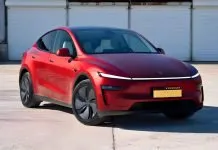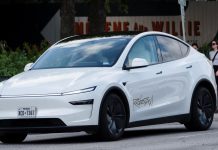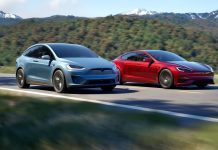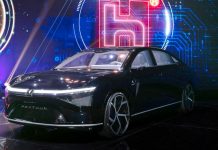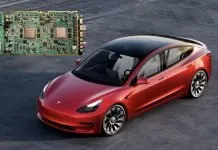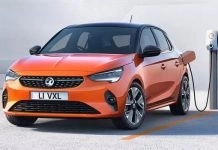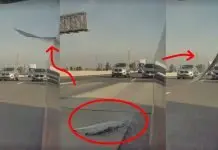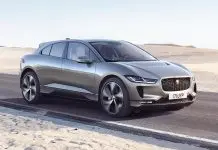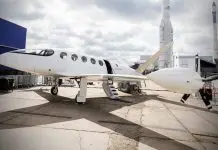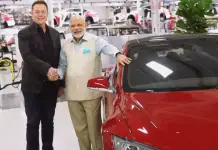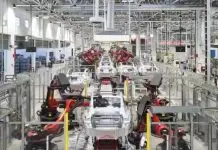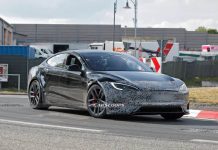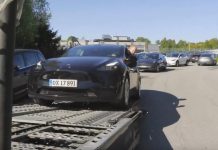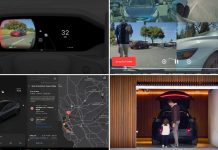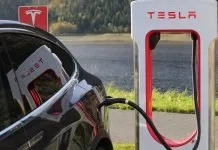The Giga Texas manufacturing plant is abuzz, and current aerial photographs indicate that something major is on the horizon. Aerial drone video taken by long-term Tesla watchdog Joe Tegtmeyer provides what seems to be a huge pile of castings, presumably of the eagerly awaited Cybercab, which would be one of the best pieces of evidence that the company is perhaps preparing to trial production of its first true Robotaxi.
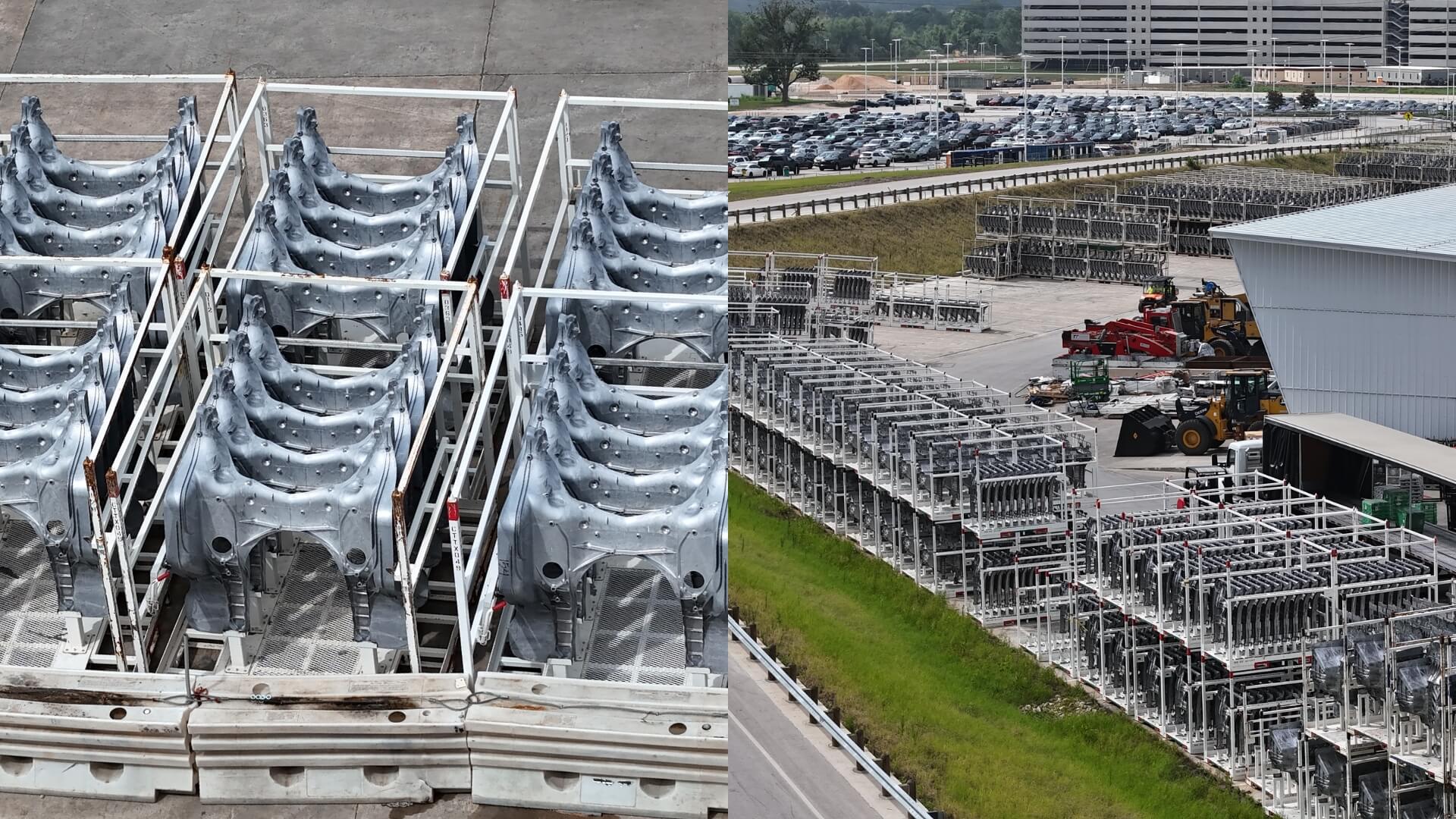
The Number of Cybercabs is Multiplying
As per a recent flyover done by Tegtmeyer, it was observed that about 180 front and 180 rear Cybercab castings were seen lying in stacks in outdoor parking areas along the facility. Tesla has amassed over 400 total gigawatt-hours of the new vehicle, according to industry watchers.
These castings are too important to understate. Tesla uses the gigafactory in its future car platform. They facilitate ease of production by substituting hundreds of parts with one or several large pieces of aluminum castings, thereby simplifying production costs. This form of design lies at the heart of the manner in that Tesla’s new unboxed production system, initially presented in the course of Investor Day 2023, will launch by making use of the Cybercab.
Lots of casting action at Giga Texas today where we see preparations for many hundreds of @cybertruck, Model Y & Cybercab castings … here are some images showing the racks marked with the appropriate model, 100's of racks waiting for finished casting & many filled up.… pic.twitter.com/rnKY6G7Jn4
— Joe Tegtmeyer 🚀 🤠🛸😎 (@JoeTegtmeyer) July 7, 2025
A Glance at the Future of Robotaxis
The Cybercab, often referred to as Tesla’s first true Robotaxi, is a great step towards an era of self-driving transport. The Cybercab is being built entirely as an autonomous, ride-hailing vehicle, unlike Tesla’s current product roster, which consists of consumer-friendly models, such as the Model 3 and Model Y.
Although Tesla is not making any attempts to reveal the definitive design of the Cybercab, several prototypes have been documented undergoing tests around the Giga Texas location in Austin. In the event of such early tests being successful, it is hoped that the road testing of cars would be launched soon, possibly alongside the increasing Robotaxi services of Tesla in the Austin region.
Is trial production around the corner?
Even though Tesla has indicated that volume of the Cybercab production will start only in 2026, the piling up of components indicates that trial production may proceed this summer. Tesla traditionally alters its production framework long before its official announcement. This seems to be so here, too.
The fact that hundreds of gigacastings exist is compatible with early-stage manufacturing preparations. Tesla could be compiling an inventory of pieces required to get the assembly just right and construct a fleet of Cybercabs to test.
As indicated by Elon Musk announcing it will roll out more than 1000 Robotaxis in Austin by the end of the year. This is normally the first step that is taken before any commercial production is undertaken, and this step is necessary as equipment is calibrated and the personnel are trained to ensure the final product is validated.
A Strategic Move to Self-Determination
Cybercab launch is one of the strategic pillars of Tesla’s long-term perspective. Time and time again, CEO Elon Musk has been emphasizing that the future of transportation is autonomous. Designing a special vehicle to use in Robotaxi, Tesla would lower the per-mile costs, make it more frequently utilized, and open a new source of revenue that is not contingent on the sales of the usual variety of cars.
The Cybercab stands out by the ability to drive without a steering wheel or pedals, which will only become possible should the Full Self-Driving (FSD) system developed by Tesla become approved by regulators and affordable to achieve in the real world when it comes to safety. Thus far, FSD is experiencing slow but steady improvement, in which beta testing is growing, and software is constantly updated.
Assuming that Tesla has been able to demonstrate the reliability of its system in a dedicated Robotaxi vehicle, this might be a game-changer in the industry. As many investors, such as Wall Street Bets and Portnoy betting big on Tesla.
Eyes on Giga Texas
Giga Texas has been the hub of Tesla innovation, and the increased activity of Cybercab parts makes it a centre of attention for both analysts and fans. It has the potential size, cutting-edge production practices, and locality to a nearby expanding metropolitan area in Austin to take the forefront of autonomous transportation.
Tesla has been cloaked with information about the Cybercab, but the handwriting is on the wall. Casts are piling up, prototypes are wandering through local streets, and it might start a test production any day. At least, going by plans, the world will have its first look at a fully autonomous Tesla car soon, produced on a large scale, in Texas, and capable of altering the face of movement as we know it.


